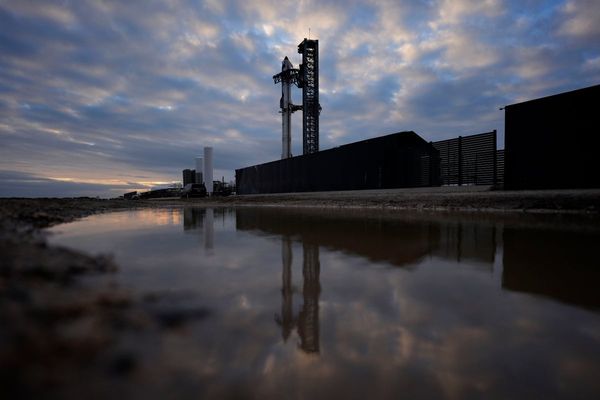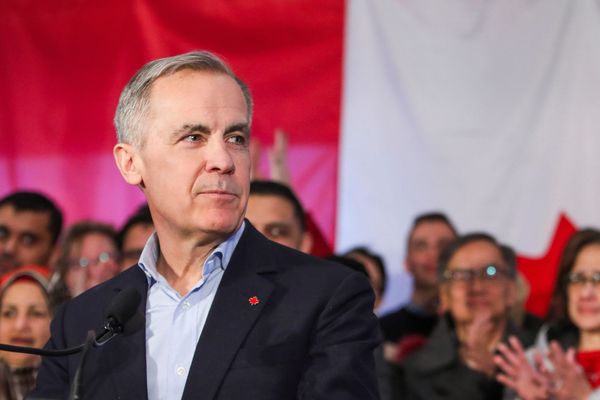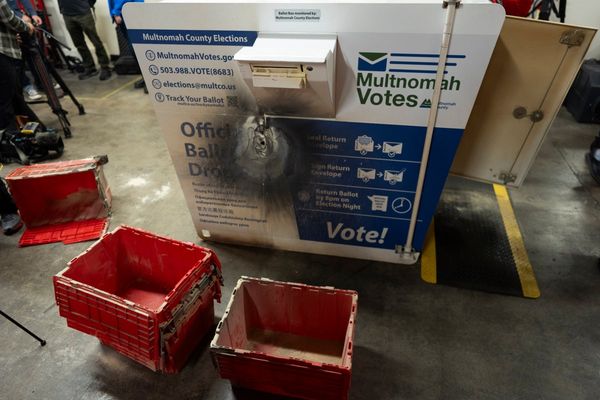
Last June, I was asked to categorically prove something that everyone in Washington believes is true. It was during fact-checking for an article on the legacy of Brent Scowcroft, who had served as national security advisor to two U.S. presidents. In my draft, I offhandedly wrote that every national security advisor since him had pointed to him as a model. When the line was flagged by the editor, I was able to prove that 9 of 10 national security advisors since 1993 had said as much, but I couldn’t find anything from Michael Flynn, who lasted only a few weeks in the job. That was good enough for me and thankfully for the fact-checker as well.
But imitation is not a good enough way to flatter the monumental service and legacy of Scowcroft, who died Thursday at the age of 95. By shaping how Washington and even the world made national security decisions and, more importantly, thought decisions should be made, Scowcroft became more influential than Gerald Ford and George H.W. Bush, the very presidents he served. Even if Scowcroft lived long enough to see the process he established destroyed by Donald Trump, the former national security advisor redefined what was once normal for Washington and, one suspects, will be again.
Last year, I published a history of the White House National Security Council (NSC), a body Scowcroft single-handedly saved and empowered after the Cold War. Yet, when the book jacket was being developed, the designer cropped an iconic photo from the 1970s to focus on its most famous faces in national security—those of Henry Kissinger, Dick Cheney, and Bush. Unfortunately, the one person cropped out—Scowcroft—was arguably more influential than all of them. It was not the designer’s fault: Few in Washington could pick Scowcroft out of a crowd on the street or, in my experience, a crowded book cover.
Yet Scowcroft, most especially as Bush’s national security advisor from 1989 to 1993, ensured that the NSC became not only the engine of Washington’s foreign-policy machinery but also the envy of the world: Countries including India, Japan, and the United Kingdom have created NSCs in the United States’ image. Along the way, each U.S. president since Bush has made many of their hardest decisions within the meetings and system Scowcroft helped design. As such, Scowcroft’s NSC served as the rhythm to three decades of unrivaled U.S. leadership in the world and thus the global order itself.
Scowcroft lived the history of the NSC. Of the 100 people I interviewed for my book, nearly everyone had worked with or for Scowcroft or worked within a system he designed. Here are a few things I learned about him along the way.
Americans don’t understand what good staffing means. This weekend, you can binge-watch every episode of The West Wing, Veep, and House of Cards and still not grasp what made Scowcroft special. He was so averse to attention that people may think that being a good staffer required him to be a good follower. Yet Scowcroft was a leader through and through: With his manner, methods, and mind, he led people, including presidents, to do things the right way and often do the right thing—and what he wanted—with few fingerprints. Good staff are usually good leaders.
Even in the background, Scowcroft proved the wisest of wise men could still make mistakes. After the Iran-Contra affair—in which NSC staffers traded arms to Iran for hostages and then illegally funneled the money to U.S.-backed forces in Nicaragua—nearly ended Ronald Reagan’s presidency, Scowcroft blocked reforms to the NSC staff, missing an opportunity to put the national security state on more democratic footing. The worst mistakes, however, were Scowcroft’s clumsy trips to Beijing to reassure Chinese leaders after the Tiananmen Square massacre.
Scowcroft’s reserve masked righteous views on policy. He never played realpolitik chess like Secretary of State and National Security Advisor Henry Kissinger or cerebrally weighed the geopolitical balance of power like another predecessor, Zbigniew Brzezinski—though Scowcroft could hang with both even if he joked, “I don’t know if I ever became a defense intellectual.”. Instead, Scowcroft’s views were more visceral. Prior to just about anyone else, including the president, Scowcroft was so viscerally offended by Saddam Hussein’s invasion of Kuwait 30 years ago this week that the national security advisor basically refused to let it stand or set a precedent that tarred the post-Cold War world’s promise. History proved him right, but plenty disagreed in August 1990. Scowcroft stood out from the crowd again when he opposed the war in Iraq 12 years later.
Such strong views might surprise everyone who misunderstands Scowcroft’s genius. When Bush named Scowcroft national security advisor, the president-elect went out of his way underscore he’d be an “honest broker.” As a result, if you ask 9 out of 10 people who have ever attended an interagency meeting in Washington about Scowcroft, they’d reflexively say he was an “honest broker.” But most would be wrong about what it meant, pointing to the academic idea that, in the middle of a policy debate, such a person would ensure everyone’s views were considered.
But Scowcroft knew that no one in government is really neutral: Opinions are like assholes, and there are too many in Washington. Because even the biggest jerk in town might have a good idea, Scowcroft wanted to get everyone at the table to give their best proposals so the president (and thus the country) got the best to choose from. More than just an insight, Scowcroft found that people only gave their best if everyone at the table trusted the national security advisor to give their views a fair hearing and then given them to the president. People shared more when they knew where Scowcroft stood.
With those two insights into the nature of the peculiar humans who work in Washington, Scowcroft established the NSC’s interagency process. It sounds like some sort of machinery, but it is just a series of meetings and memorandums with people at different levels—namely the principals and deputies committees—trying to whittle down options and decisions. That system has been used by presidents of different parties in wartime and peacetime, blessed by Congress, and emulated by the world.
Of course, despite the promises and desires of Scowcroft’s successors, none was as capable of running that system. That’s especially true today. Robert O’Brien, Trump’s fourth national security advisor and the latest to claim Scowcroft as a model, has helped dismantle that system. Today, there are fewer meetings, with fewer participants, and fewer consequences. In some ways, such a choice keeps with Scowcroft’s views: The president gets what he needs, and an irregular president like Trump was never going to think he needed Washington’s regular order.
Even if the system is down for now, Scowcroft’s legacy remains. Although normal feels a long way off, one way we’ll know something like it has returned to Washington is when operative principals and deputies committees again fill the calendar. Still, it’s telling that Scowcroft’s greatest genius and biggest blind spot arose from the same place: He trusted those who came—or were sent—to Washington to protect their country. Such trust led Scowcroft to build a system that placed a lot of power in the hands of a few, despite the chance that those hands might belong to someone like Trump.
No one can judge Scowcroft’s full legacy without remembering that risk or it went so wrong. But at a moment when it feels as if no one in the United States seems to trust anyone or anything, let alone Washington, Scowcroft might be a model still. Today’s Washington proves Scowcroft was right: Trust is central to effective government. To get back to normal, or something like it, Americans are going to need to find a way to trust again.







